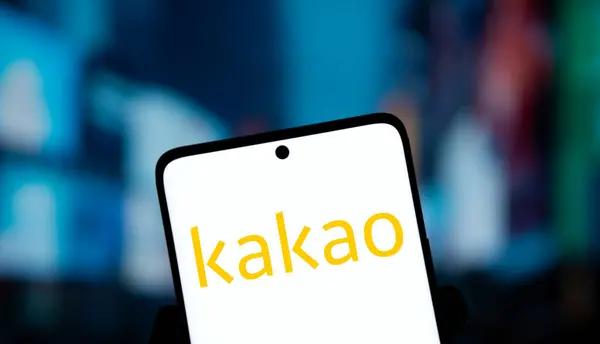KakaoTalk, a popular South Korean messaging app, has become an integral part of the daily communication for millions of users worldwide. However, one aspect that often confuses new and even some seasoned users is its domestic authentication process. This article aims to demystify this process and present it in a user-friendly manner.
Firstly, it’s important to understand what domestic KakaoTalk authentication is. Essentially, it’s a security measure put in place by Kakao Corporation to verify the identity of its users. It requires you to input your South Korean phone number and confirm it via a text message sent by the system.
The process begins when you download the app and create an account. After inputting basic information like your name and email address, you’ll be asked for your South Korean mobile number. Once you’ve entered this correctly, a verification code will be sent to that number via SMS which needs to be entered into the app within ten minutes.
While this may seem straightforward enough, problems can arise if you’re not currently residing in South Korea or don’t have access to a local mobile number. Unfortunately, as of now, there’s no way around this requirement; KakaoTalk insists on domestic authentication for all its users 국내카톡인증 as part of their commitment towards ensuring user safety and privacy.
However, there are ways through which non-residents can still use KakaoTalk without going through the domestic verification process – they simply need someone with a verified account (a friend or family member) who can send them an invite link or QR code.
Once invited through these methods, they can join without needing any additional verification steps. While not ideal since it relies on someone else’s assistance – these methods do provide an alternative for those unable to authenticate domestically.
It’s also crucial to note that once authenticated successfully – either domestically or via invitation – users should ensure their accounts remain secure by setting up strong passwords and regularly updating them.
In conclusion, the domestic KakaoTalk authentication process is an essential security measure that may initially seem confusing to some users. However, with a clear understanding of its purpose and how it works, along with alternatives for non-residents, it becomes less daunting. The key lies in realizing that this process is designed to protect users’ privacy and safety. Although there might be some initial hurdles for those outside South Korea or without access to a local mobile number – these can be overcome through invitation links or QR codes from verified accounts.




